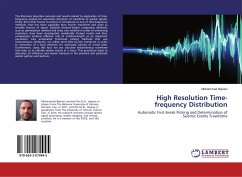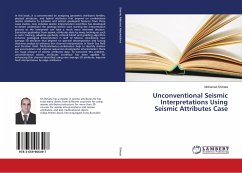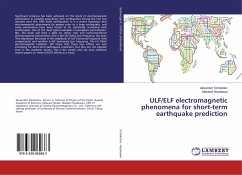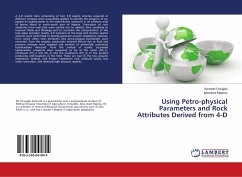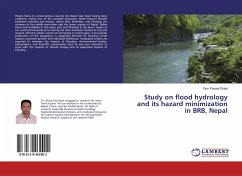This literature describes concepts and results related to application of time-frequency analysis for automatic detection of traveltime of seismic signals. Firstly, short-time Fourier transform is introduced as one of time-frequency methods, that has more capability than Fourier transform and gives us sensible feature of signal. Optimal window-length computing methods, such as optimization method and chirp rate method in order to enhancing resolution, have been investigated, analytically. Output results and their comparisons endorse e ective role of window-length as an important parameter. Like automated first-break picking methods that use instantaneous attributes, we utilize short-time Fourier transform in order to extraction of a local attribute for automatic picking of arrival time. Furthermore, using this tool, we can calculate instantaneous traveltime that help us to identify seismic events in a trace. This procedure leads to detection of reflectors and seismic horizons in the prestack and poststack seismic gathers and sections.

